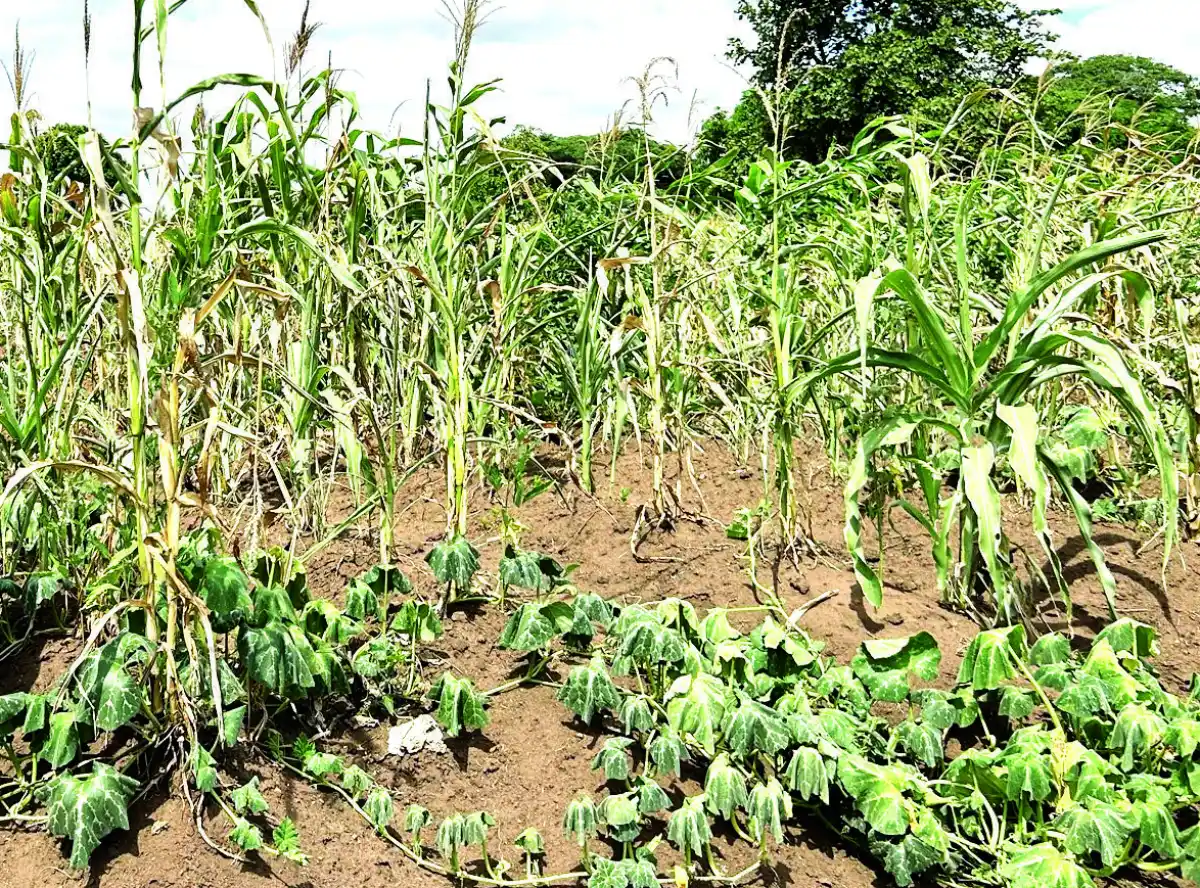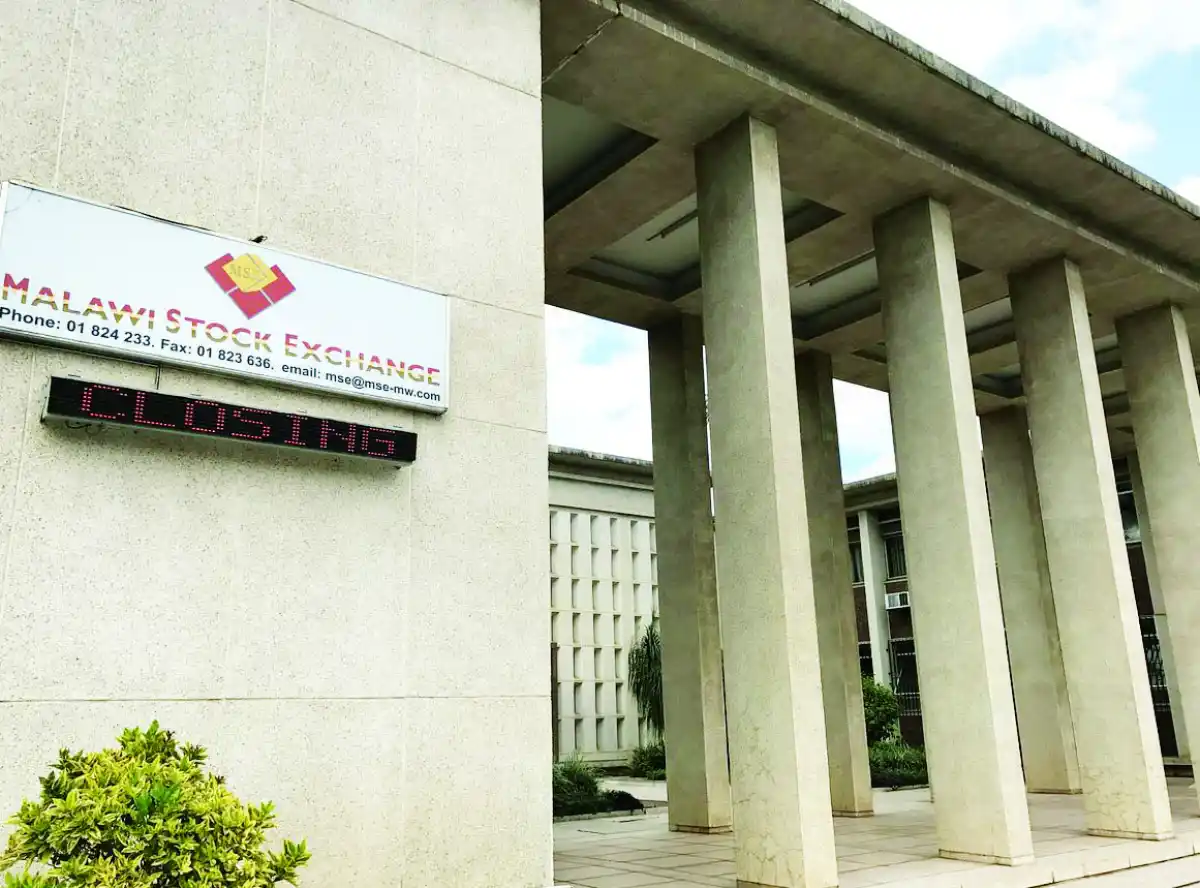
The Department of Climate Change and Meteorological Services (DCCMS) has said it is premature to forecast the weather pattern for the upcoming growing season, despite indications that Malawi may experience La Niña.

DCCMS Director Lucy Mtilatila disclosed this during her appearance before the Natural Resources and Climate Change Committee of Parliament on Friday.
She was accompanied by Principal Secretary for Natural Resources Yusuf Nkungula and officials from the Department of Disaster Management Affairs (Dodma).
Malawi relies heavily on rainfall for its agriculture.
La Niña refers to the significant cooling of ocean surface temperatures in the central and eastern equatorial Pacific Ocean, accompanied by changes in tropical atmospheric circulation, including winds, pressure and rainfall.
The impacts of each La Niña event vary based on its intensity, duration, timing of development and interaction with other climate variables. In many tropical locations, La Niña results in opposite climate effects compared to El Niño.
Mtilatila said La Niña would likely bring excessive rainfall to southern Malawi, while the northern part of the country could experience below-average rainfall.
She informed the committee that since Malawi first experienced La Niña in 1971, drought occurred in only five percent of years, compared to 18 percent during El Niño events.
“La Niña significantly reduces the chances of drought, which is beneficial for our agriculture-based economy,” Mtilatila said.
Malawi previously experienced La Niña during the 1983-84, 1995-96, 1998-99, 2010-2011, 2016-17 and 2021-21 seasons.
Reflecting on these seasons, Mtilatila noted overall good conditions, with many regions receiving above-normal rainfall.
She acknowledged that the onset of the 2021-21 and 2016-17 seasons was drier during October, November and December, but conditions improved with normal or above-normal rainfall in January, February and March.
The DCCMS chief confirmed that Malawi would issue its seasonal rainfall forecast after July.
She explained to the committee that while the department recognises the importance of early seasonal forecasts, their accuracy improves closer to the season due to the limitations of current models.

Nkungula concurred with Mtilatila, saying the ministry plans to share regular updates on the rain forecast for the upcoming growing season starting from late July.
Chairperson for the Climate Change Committee Werani Chilenga stressed the importance of early preparations for the next growing season in Malawi.
According to the latest forecasts from the World Meteorological Organisation Global Producing Centres of Long-Range Forecasts, there is an equal probability (50 percent) of neutral conditions or a transition to La Niña during June-August 2024.
The likelihood of La Niña conditions increases to 60 percent from July-September and to 70 percent from August-November. The chance of El Niño redeveloping during this period is minimal.








0 Comments